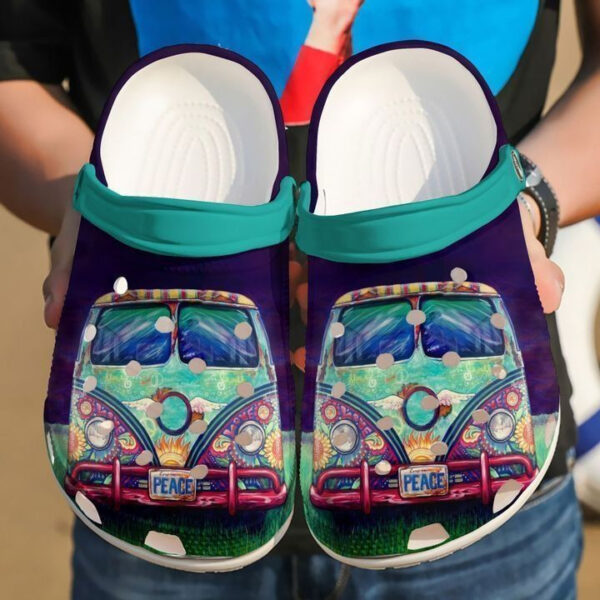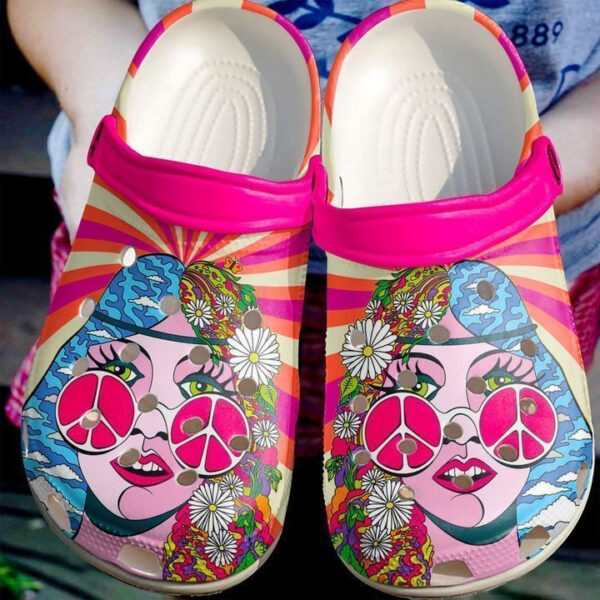Sport
Exploring the Hippie Lifestyle: A Journey into Freedom, Peace, and Expression

The Hippie movement, which emerged in the 1960s, was more than just a fashion statement; it was a cultural and social revolution that challenged the norms of mainstream society. The term “hippie” itself embodies a spirit of freedom, peace, and rebellion against the established order. This countercultural movement became a symbol of an alternative way of life, one characterized by communal living, love, and a connection with nature.
Key Elements of the Hippie Lifestyle:
1. Free Spirit and Nonconformity:
The Hippie lifestyle was rooted in a rejection of societal norms and conventions. Hippies sought to break free from the constraints of a rigid and materialistic society, embracing a more liberated and individualistic way of life. They valued personal freedom and self-expression above all else.

2. Love and Peace:
At the heart of the Hippie movement was a commitment to love and peace. Rejecting the violence and strife of the time, Hippies advocated for a world where love could conquer hatred. The famous slogan “Make love, not war” epitomized their desire for a more harmonious and compassionate world.
3. Communal Living:
Hippie communities often formed tight-knit, alternative living arrangements. Communal living was seen as a way to create a supportive and inclusive environment where individuals could share resources, ideas, and experiences. This communal lifestyle reflected a rejection of the individualistic and competitive nature of mainstream culture.

4. Connection with Nature:
Hippies had a deep appreciation for nature and the environment. Many embraced a back-to-the-land ethos, opting for a simple life in rural areas. This connection with nature was not only a form of escapism but also a statement against the environmental degradation associated with industrialization.
5. Artistic Expression:
Creativity and artistic expression were vital components of the Hippie lifestyle. From tie-dye clothing to psychedelic art and music, Hippies used various forms of expression to convey their ideals and challenge societal norms. Music festivals, such as Woodstock, became iconic gatherings that celebrated freedom, music, and unity.

While the heyday of the Hippie movement may have been in the 1960s and 1970s, its influence persists today. Elements of the Hippie lifestyle, such as a focus on sustainability, peace activism, and alternative living, continue to resonate with people seeking a more authentic and meaningful existence. The Hippie movement serves as a timeless reminder of the power of collective ideals and the enduring quest for a more enlightened and compassionate world.

